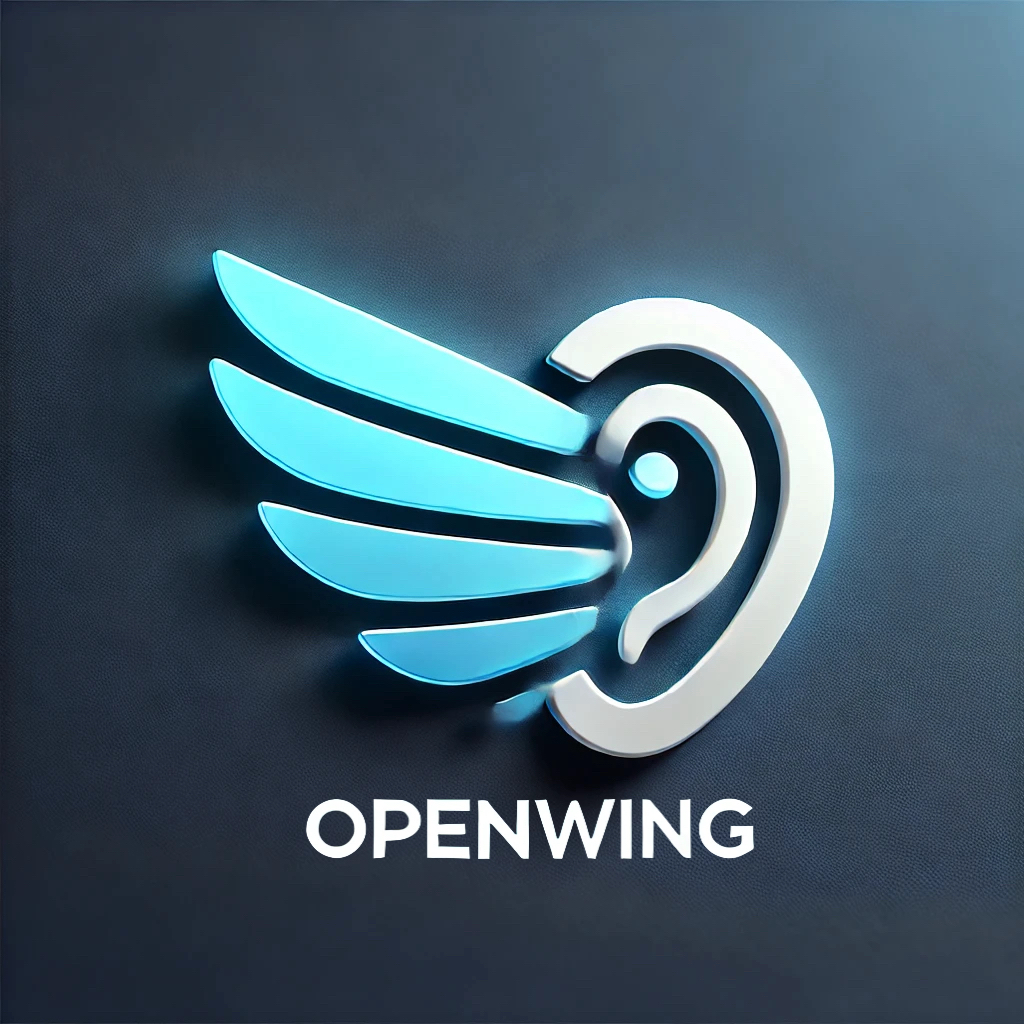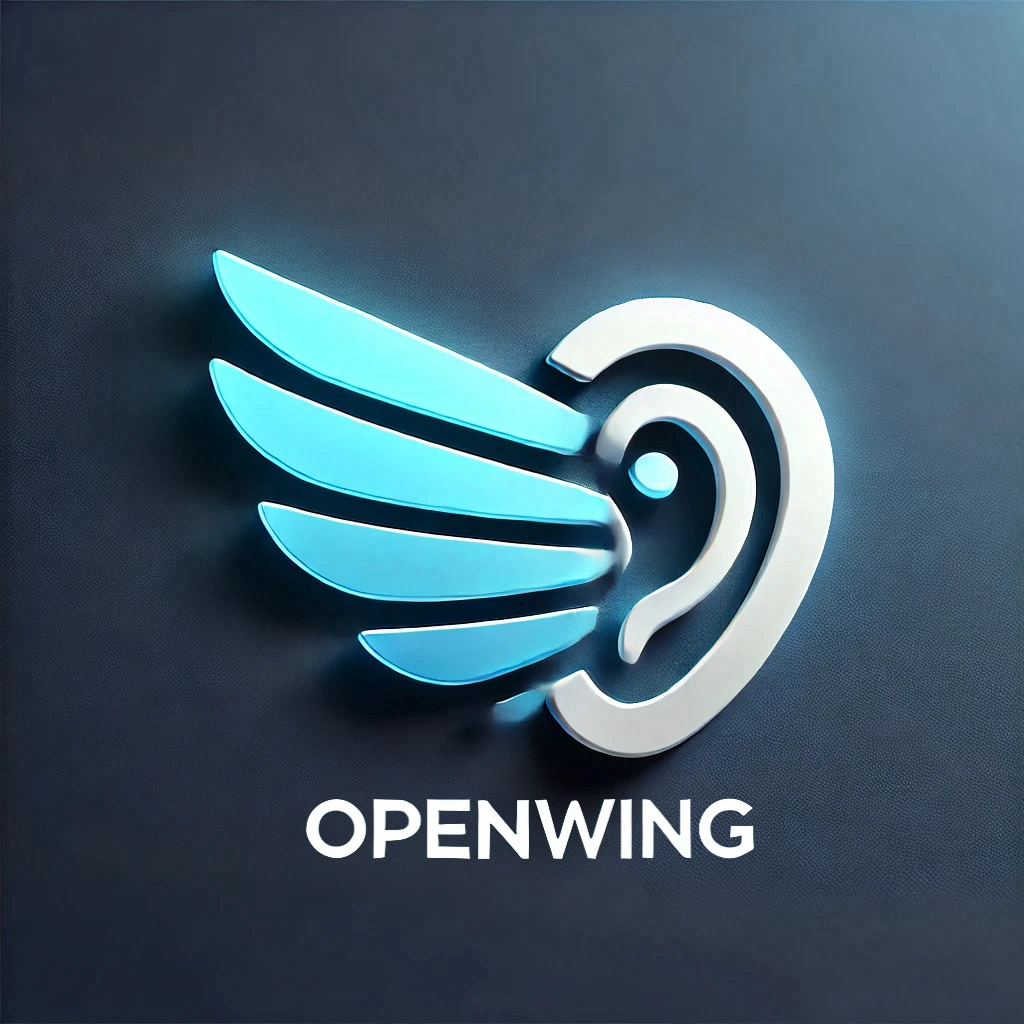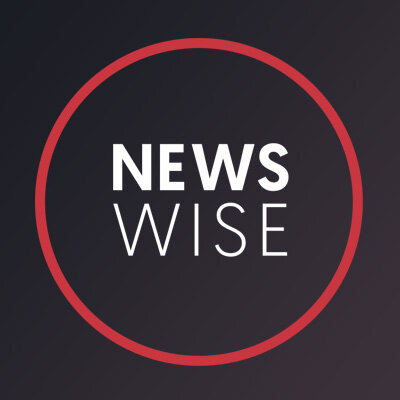In a significant advancement for the management of age-related macular degeneration (AMD), a newly approved home-based optical coherence tomography (OCT) device is set to transform patient care. Traditionally, ophthalmologists rely on in-office OCT scans to determine treatment needs for patients with AMD. However, this innovative home monitoring technology allows for daily self-imaging, providing doctors with continuous data to guide treatment decisions, as presented at AAO 2024, the 128th annual meeting of the American Academy of Ophthalmology.
The study focused on 15 retina specialists who reviewed historical treatment data for patients with wet AMD. Initially, their treatment decisions were based solely on in-office OCT scans for 37 eyes. When provided with additional data from home OCT scans, the physicians reconsidered their initial treatment timelines. Remarkably, in 42 percent of cases, specialists concluded that treatment could have been delayed, and in 35 percent of cases, they advised that treatment should have occurred at least a week earlier. Only 23 percent of the time did the originally scheduled treatment align with the ideal timing determined by the newly available data.
Dr. Paul Hahn, a leading retina specialist and the study’s lead researcher, expressed surprise at the profound impact of incorporating home OCT data. “Physicians now have 30 times more data than before and can fill in the blanks between visits, allowing for more precise decision-making,” Hahn noted. His statistical model indicates a 28 percent reduction in drug costs, thanks to more tailored treatment approaches, alongside savings on in-office procedures and other related costs.
The current treatment paradigms for retinal diseases like wet AMD necessitate preemptive injections due to the acute nature of these diseases. The introduction of home OCT data introduces a safety net, allowing physicians to refine treatment schedules to limit unnecessary interventions while ensuring prompt treatment when needed.
The home OCT device, developed by Notal Vision, enables remote monitoring, with physicians now able to receive reimbursement for this service. Through three established CPT codes—0604T, 0605T, and 0606T—physicians and monitoring centers can bill for remote OCT services every 30 days. Notal Vision is actively collaborating with Medicare Administrative Contractors to establish comprehensive coverage and payment frameworks for these billing codes.
Utilizing artificial intelligence, the device’s Notal OCT Analyzer assesses OCT images, segments hypo-reflective spaces, and estimates their volumes. Physicians can review the data, set specific notification criteria, and receive updates on patient status via a HIPAA-compliant web portal, all enhancing their ability to manage patient care effectively.
These developments position the American Academy of Ophthalmology at the forefront of innovation, continually advancing the profession and ensuring high-quality eye care standards. For the latest on eye health advancements, visit aao.org.


